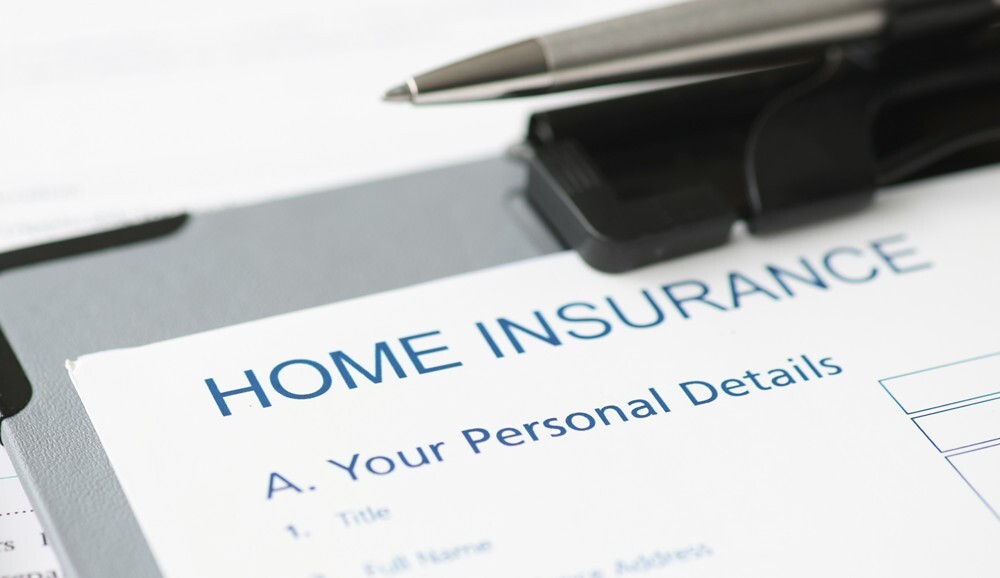Is Homeowners Insurance More Expensive for Manufactured Homes?
May 14, 2025

When it comes to protecting your home, insurance is essential. If you own or are considering owning a manufactured home, you might wonder whether manufactured homes insurance costs more compared to traditional site-built homes. While premiums can sometimes be higher due to certain risk assessments, it's important to understand the broader context—and how the many benefits of manufactured homes might make up for it in the long run.
What Factors Influence Homeowners Insurance Rates for Manufactured vs. Traditional Homes?
Many of the same variables shape homeowners' insurance premiums, regardless of whether your home is manufactured or site-built. However, some key distinctions can influence the final cost:
- Construction Standards
Manufactured homes are built off-site in climate-controlled factories according to federal standards set by the Department of Housing and Urban Development (HUD). These regulations focus on safety, energy efficiency, and durability. Modern manufactured homes often include high-quality materials and systems comparable to site-built homes.
Traditional homes are constructed on-site and must meet local and state building codes, which can vary widely. Site-built homes often allow for more customization, which can lead to higher replacement costs—and potentially higher insurance premiums.
- Value and Coverage Options
Both manufactured and traditional homes are insured based on their replacement value—the estimated cost to rebuild them in the event of a total loss. For manufactured homes, affordability is often a key benefit, and insurance premiums may be lower for models with modern upgrades such as improved insulation, weather-resistant roofing, or structural reinforcements.
Traditional homes, especially custom or luxury builds, often have higher rebuild costs due to architectural complexity and materials. As a result, insurance coverage limits and premiums can typically be higher. However, the increased value may come with broader policy options or specialized endorsements.
- Location
No matter the type of home, location is one of the biggest drivers of insurance rates. Both manufactured and site-built homes in high-risk areas—such as regions prone to wildfires, hurricanes, or flooding—will generally face higher premiums. For example, manufactured home insurance in California can vary because of the risk of wildfires and natural weather conditions.
However, the way manufactured homes are sited can also impact rates. Homes placed on permanent foundations in managed communities often qualify for better premiums than those on temporary supports or located in isolated areas. Traditional homes usually already meet these siting requirements, making them somewhat less variable in this category.
- Home Age and Condition
Age is a major factor for both types of homes. Newer manufactured homes built after the 1976 HUD code revision—and especially those built in the last decade—typically come with improved structural safety features like wind-resistant frames and secure tie-down systems. These improvements can help lower premiums.
Older manufactured homes, especially those built before updated regulations or not well-maintained, may cost more to insure due to outdated materials and higher risk profiles. Similarly, older site-built homes with aging roofs, electrical systems, or plumbing may also face higher premiums unless they've been significantly updated.
How the Benefits of Manufactured Homes Can Offset Insurance Costs
While homeowners' insurance for manufactured homes might sometimes cost more than for site-built homes, the overall affordability of manufactured housing often outweighs that difference. The lower upfront cost, reduced property taxes, and lower mortgage payments associated with manufactured homes can lead to significant monthly savings.
The value offered by today’s manufactured homes—energy efficiency, modern finishes, and customizable layouts—means buyers are getting high-quality housing at a fraction of the price. For a lot of families and individuals, this makes manufactured homes a smart, long-term investment, even if it comes with slightly higher insurance rates.
Ways to Save on Manufactured Home Insurance
There are also many practical steps you can take to reduce your insurance premiums, once you’ve narrowed down your options and found some potential providers.
- Install safety features – Smoke detectors, deadbolt locks, and security systems can all lead to lower rates.
- Upgrade for resilience – Reinforced roofing, weather-proof siding, and fire-resistant materials may qualify you for policy savings.
- Raise your deductible – Choosing a higher deductible can lower your monthly premium, as long as it's still affordable in the event of a claim.
- Compare quotes – Insurance providers offer different rates and discounts, so shopping around helps you find the best fit. A knowledgeable company like Triad can help you make these important decisions.
Manufactured homes provide an accessible and affordable path to homeownership across the country. While insurance premiums might vary depending on a range of factors, the overall cost benefits, modern construction standards, and long-term value of manufactured homes make them a great choice.
Whether you're purchasing your first manufactured home or reviewing your current policy, working with a manufactured home insurance provider who understands these homes can help you find the right coverage at the right price—giving you both savings and peace of mind.
